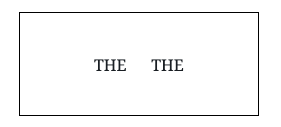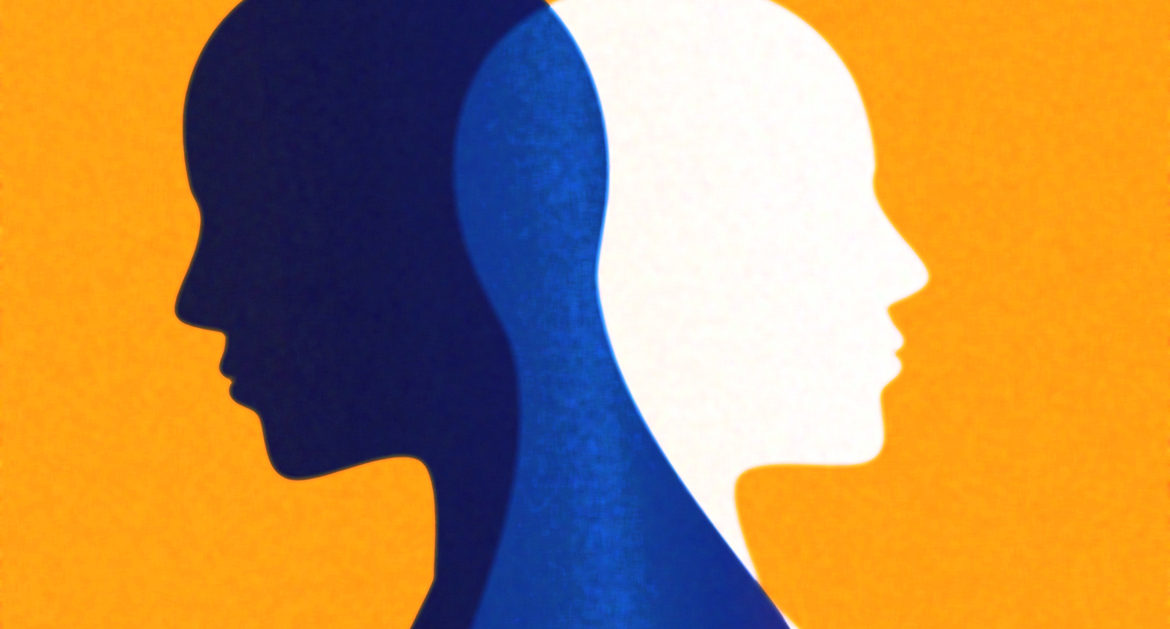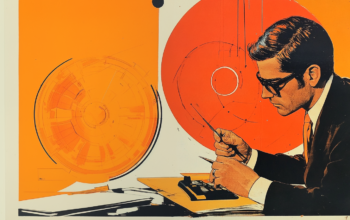Everything Is a Blue/Black White/Gold Dress and It’s Tearing Us Apart
Do you trust the election system? Chances are, if you’re a Democrat, you do, and, if you’re a Republican, you don’t. A new poll found that 90% of Democrats thought that the 2020 presidential election was free and fair while an astounding 70% of Republicans didn’t. Same event; completely opposite perceptions. One must wonder whether they are even looking at the same thing.
In a way, they aren’t.
Ask a Democrat about the election and he is likely to praise the record number of voters and the victory of the first woman Vice President candidate as a testament to American Democracy. Ask a Republican about the election and he is likely to lament over the inconsistent vote-counting procedures and fraud allegations as signs of third-world-style corruption.
Of course, four years ago, things were rather reversed. After the 2016 election, it was the Democrats who were fearful of the irregularities and alleging malfeasance while the Republicans were busy celebrating the American electoral system. It seems every major election is seen completely differently depending upon who you’re talking to.
And it’s not just the elections that cause the divergent views. Every major event this year has been viewed as completely different by those on the Left and those on the Right: The Coronavirus Pandemic and government lockdowns, the BLM protests and riots, the Trump impeachment, the Jeffrey Epstein scandal, the wildfires and climate change, and the confirmation of Amy Coney Barrett to the Supreme Court.
On any of these or countless other issues of the day, you will likely get an opposite report from those who consider themselves modern liberals and those who consider themselves conservatives. Each will firmly believe that they are seeing things correctly and that the other side has got it all wrong.
A meme making the rounds summarizes perfectly. Ron Swanson is being asked if his family has a history of mental illness. He responds “I have an uncle who thinks right wing agitators were the ones actually causing the riots and not Antifa and BLM.” It’s funny because it’s true.
But it’s also funny because it’s false. His uncle probably thinks he is crazy for thinking Antifa and BLM are causing the riots. There are those who don’t even think there are riots going on at all. To them, the thought of Portland conjures images, not of lawless mobs terrorizing retailers, but of people swaying with candles in the night singing ‘Kumbaya’.
The assumption is that there is one thing to see, and anyone who doesn’t see it the same way is either crazy or intentionally lying. Time to unfriend anyone who seriously believes the conspiracy theory that there is voter fraud going on in the United States! (At least until your candidate loses.)
But what if they aren’t actually crazy or lying? What if something else is going on?
Blue and Black or White and Gold
In early 2015, Scottish singer Caitlyn McNeill posted a picture of a dress and asked the Internet to help her decide what color it was—blue and black or white and gold. Then all hell broke loose. The response she got quickly brewed into a worldwide controversy as everyone chimed in with his opinion. Strangely, half of the people saw blue and black and the other half saw white and gold.
The thing is, everyone was adamant. Those who saw blue and black were certain that it was blue and black and couldn’t understand how people saw white and gold. Taylor Swift posted “I don’t understand this odd dress debate and I feel like it’s a trick somehow. I’m confused and scared. PS it’s OBVIOUSLY BLUE AND BLACK.” But those who saw white and gold felt the same way. It was obvious to them and they couldn’t believe anyone else saw it differently.
A few years after the dress debate, a strange audio clip started making the rounds and provided a similar controversy. Was it saying ‘Yanni’ or ‘Laurel’? Half heard the former, half the latter. It was even more puzzling than the dress dust up because the audio seems so much more precise. How can someone hear an ‘L’ sound when someone else hears a ‘Y’? It seems psychically impossible.
The reason this happens is that one’s perception of the sound is based upon the way his or her aural receptors are formed. For some, their receptors are tuned to a higher pitch so that they don’t hear lower frequencies as much. Others are tuned to a lower pitch so that they don’t hear treble sounds as much. The Yanni/Laurel clip is so controversial because the sound is played right in the middle of the spectrum so that lower-frequency hearers experience one thing and higher-frequency hearers experience another.
The Yanni/Laurel clip shows us that everyone experiences life from different perspectives. People are quite literally tuned to hear different things, to experience life differently, even if the reality is the same for all.
The dress illusion has a similar explanation. While the object we’re looking at has definite attributes, we experience those attributes in different ways. The dress in question was in reality a black and blue sequined dress. But, in the picture, the light distorted the hues of the colors so it actually appears white and gold. Those who judge what they see directly will likely see it as white and gold while those who are judging what they think the colors are in real life will translate their sensory perception so that they see black and blue.
Both of these illusions present what philosophers will call a ‘dispective’. Though there is a single reality, our different perspectives make us experience it in different ways. Since our experiences are so intimate, we think that it is the only possible way that anyone could see reality—indeed, to us, experience is reality. Hence the befuddlement when someone actually sees it differently. Surely, they are blind or being willfully ignorant.
And yet, one’s experience, true as it might seem, is only one slice of reality that others might well not share. A thought experiment drives the point home. To play, simply say how many words are in the box below.

You might say that it is obvious that there are two words because, of course, there are two instances of the word ‘THE’. And it is so obvious that anyone who thinks otherwise must be blind or willfully ignorant. But others will say that there are two instances of one word and so the answer to the question is that there is only one word in the box—the word ‘THE’. Anyone who thinks otherwise is either blind or willfully ignorant.
In fact, either answer is correct depending upon how you look at the question. There are two words and there is only one. The audio clip plays both ‘Yanni’ and ‘Laurel’. The dress is black and blue and at the same time white and gold.
Now, these controversies can be the source of delightful diversion as in the case of the dress or a quirky audio clip. But in the case of our political debates this phenomenon has led to severe conflict, violence, and strife that some pundits argue could lead to civil war.
Our Blue/Black White/Gold World
Today, everything is a Blue/Black White/Gold Dress phenomenon. From the Coronavirus Pandemic to the BLM protests to the elections, every news story and every public controversy takes the same form: One side sees it one way and can’t imagine anyone seeing it another way while the other side sees it completely differently and likewise thinks other side is crazy for not seeing it the way they do.
The fact is, people are made of different stuff, so experiencing an event or issue will produce vastly different experiences. We are tuned to different frequencies, and, as it appears, about half are tuned to the Left and the other half tuned to the Right. In the same way that our sense receptors are tuned to hear higher or lower pitches, our socio-political worldviews are shaped in a way that distort objective reality into vastly different experiences.
Of course, this is nothing new. Human beings have always had different perspectives—we’ve always been tuned to different frequencies. What we’ve seen in recent years is an increase in constructs that amplify our tuning one way or another. To understand fully would require a sizable effort. Suffice it to say that our social age makes politics more important than ever. Increasingly, a win for one must mean loss for the other side. Social media and echo chambers have only exacerbated an already tenuous situation to the extent that many pundits fear civil war.
In a 1960 presidential debate, Richard Nixon said that he and his opponent John F. Kennedy agreed on the end goal, and they just disagree on how to get there. Watching the elections this year, it would be unfathomable for anyone from either party to say such a thing. To pretty much everyone on both sides, this election represents an existential battle, where the good side (our side) must prevail lest we fall into the abyss of the other side’s darkness.
Granted, this is hyperbole. But there are sincere people on both sides who firmly hold these beliefs. They are tuned to irreconcilable frequencies and are experiencing life in completely different ways. If we stand a chance, it is by first acknowledging that people see things differently and recognizing that it doesn’t make them crazy.




